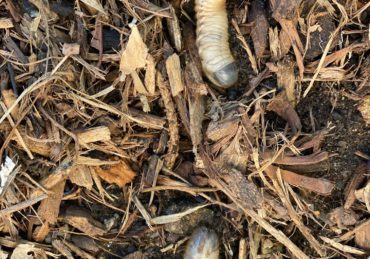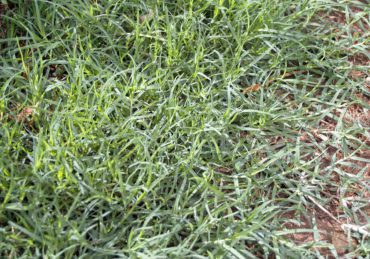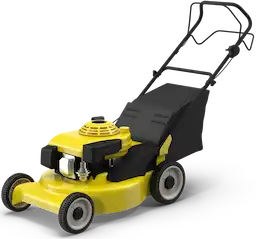Did you know that over 30% of lawns in suburban areas are plagued by weeds? These invasive plants, categorized as annuals or perennials, disrupt lawn health and aesthetics. Annuals like crabgrass rapidly spread through seed production, while perennials like dandelions establish deep roots that resist removal. Identifying these types is essential for effective lawn management. But how do you tackle these persistent invaders and maintain an immaculate lawn? Uncover the strategies next.
What Are Lawn Weeds and Why Do They Matter?
When you identify lawn weeds, you’re looking at unwanted plants that vigorously compete with your grass for essential resources like nutrients, water, and sunlight. These weeds disrupt lawn ecosystems by altering soil composition and reducing turf density, which can compromise the aesthetic and functional quality of your landscape. Understanding their lifecycle and growth patterns is essential for implementing effective management strategies to maintain a healthy and visually appealing lawn.
Easily hire the best lawn & landscape pros working in your neighborhood.
Defining Lawn Weeds
Lawn weeds, often considered the bane of immaculate turfgrass, are unwanted plants that infiltrate and disrupt the aesthetic and functional integrity of your lawn. These invaders, such as dandelions and crabgrass, are classified as common types of weeds. They aggressively compete with your grass for essential resources like nutrients, water, and sunlight. Lawn weeds can be annual, completing their life cycle in one year, or perennial, persisting across multiple seasons. Recognizing their growth habits and characteristics is essential for effective management. By understanding lawn weeds, you can implement timely control measures, ensuring your lawn remains healthy and visually appealing.
How Weeds Disrupt Lawn Ecosystems
Although often overlooked, weeds play a significant role in disrupting lawn ecosystems by aggressively competing with your turfgrass for essential resources. These intruders vie for nutrients, water, and sunlight, weakening desirable grass species. Rapid growth and prolific seed production allow weeds to outcompete and colonize your lawn swiftly. Some harbor pests and diseases, increasing infestation risks. Weeds also mar the aesthetic appeal, creating uneven patches and altering landscape beauty. Their presence might signal underlying soil issues like nutrient deficiencies or poor drainage. Effective weed control is vital in maintaining lawn health and vigor, ensuring your grass thrives unchallenged.
Top 10 Common Types of Weeds and How to Manage Them
When managing common lawn weeds like dandelion, crabgrass, and white clover, it’s essential to understand each weed’s growth patterns and effective control strategies. Dandelions, with their deep taproots, often require targeted post-emergent herbicides for complete eradication, while crabgrass is best managed with pre-emergent applications in early spring. For perennial intruders like creeping Charlie and plantain, combining mechanical removal with selective herbicides will help maintain your lawn’s health and appearance.
Dandelion (Taraxacum officinale)
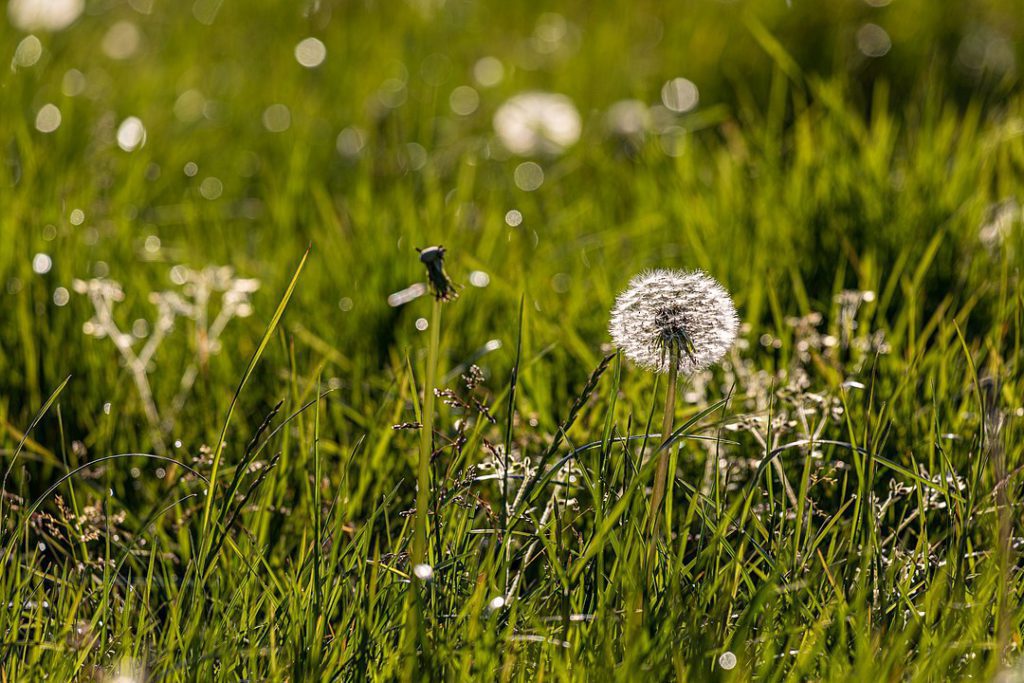
Dandelions, scientifically known as Taraxacum officinale, are among the most notorious perennial broadleaf weeds invading lawns. Characterized by their bright yellow flowers and deeply notched leaves, they develop into puffballs containing thousands of seeds. Thriving in moist, sunny climates, their deep taproots make eradication challenging. To manage dandelions effectively, consider hand-pulling to guarantee complete taproot removal or use broadleaf herbicides for chemical control. Mowing before seed production can prevent spread. While they pose a threat to lawn aesthetics, remember their medicinal and edible properties, which may influence your approach to managing these persistent plants in your lawn.
Crabgrass (Digitaria spp.)
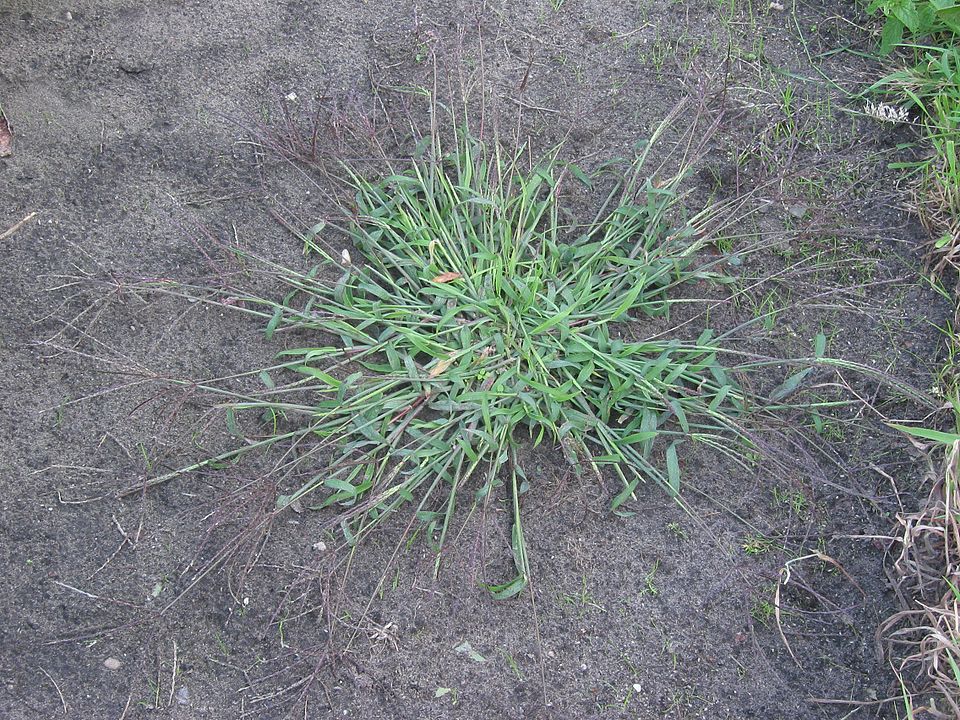
Crabgrass, scientifically known as Digitaria spp., is a prevalent annual grassy weed that can be a formidable foe in maintaining an immaculate lawn. Its ability to germinate in spring and die after the first frost means it leaves behind up to 150,000 seeds per plant, ensuring reinfestation. To effectively manage crabgrass, consider these expert strategies:
- Apply Pre-emergent Herbicides: Use in early spring before germination.
- Maintain Lawn Health: Foster dense grass to outcompete crabgrass.
- Practice Aeration and Overseeding: Prevent establishment in bare spots.
- Identify and Control: Recognize its turf-like appearance early.
These methods can help you sustain a healthy lawn.
White Clover (Trifolium repens)
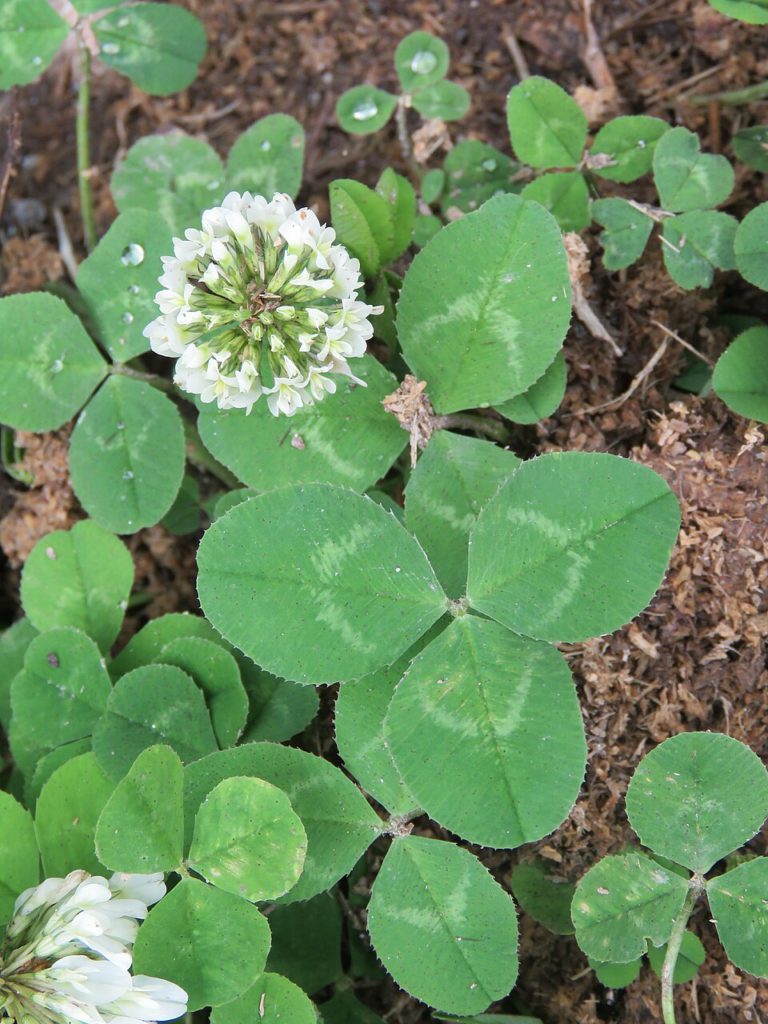
Although often underestimated, white clover (Trifolium repens) is a resilient perennial broadleaf weed you might encounter in your lawn, recognized by its trifoliate leaves and clusters of white to pink flowers. Thriving in various soil conditions, especially where nitrogen is low, white clover spreads rapidly through seed and stolon production. While it enhances soil fertility by fixing atmospheric nitrogen, control weeds by regularly mowing to prevent flowering and seed formation. Hand-pull or apply broadleaf herbicides as needed. Acknowledge white clover’s ecological benefits, such as attracting pollinators, if you prefer a more integrated lawn management approach.
Easily hire the best lawn & landscape pros working in your neighborhood.
Plantain (Plantago major & P. lanceolata)
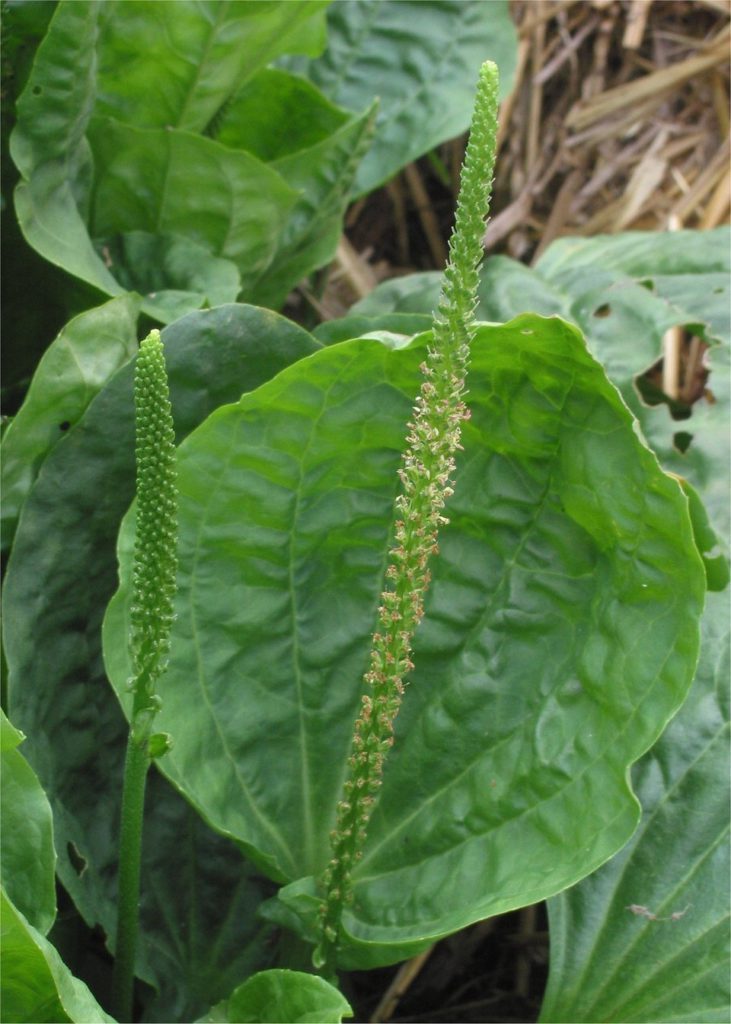
Plantain, encompassing both Plantago major and Plantago lanceolata, represents a formidable opponent in lawn care due to its pervasive nature and distinctive growth habits. As broadleaf perennials, they are common weeds in lawns, easily identified by their rosettes of broad, oval leaves with parallel veins. To manage them effectively, consider these strategies:
- Regular Mowing: Prevents flowering and seed production.
- Hand-Pulling: Effective before seeds mature; removes the entire root.
- Soil Aeration: Alleviates compaction, reducing favorable conditions.
- Lawn Health Enhancement: Proper watering and fertilization help grass outcompete plantain.
Stay vigilant, as their seed bank guarantees quick reestablishment.
Creeping Charlie (Glechoma hederacea)
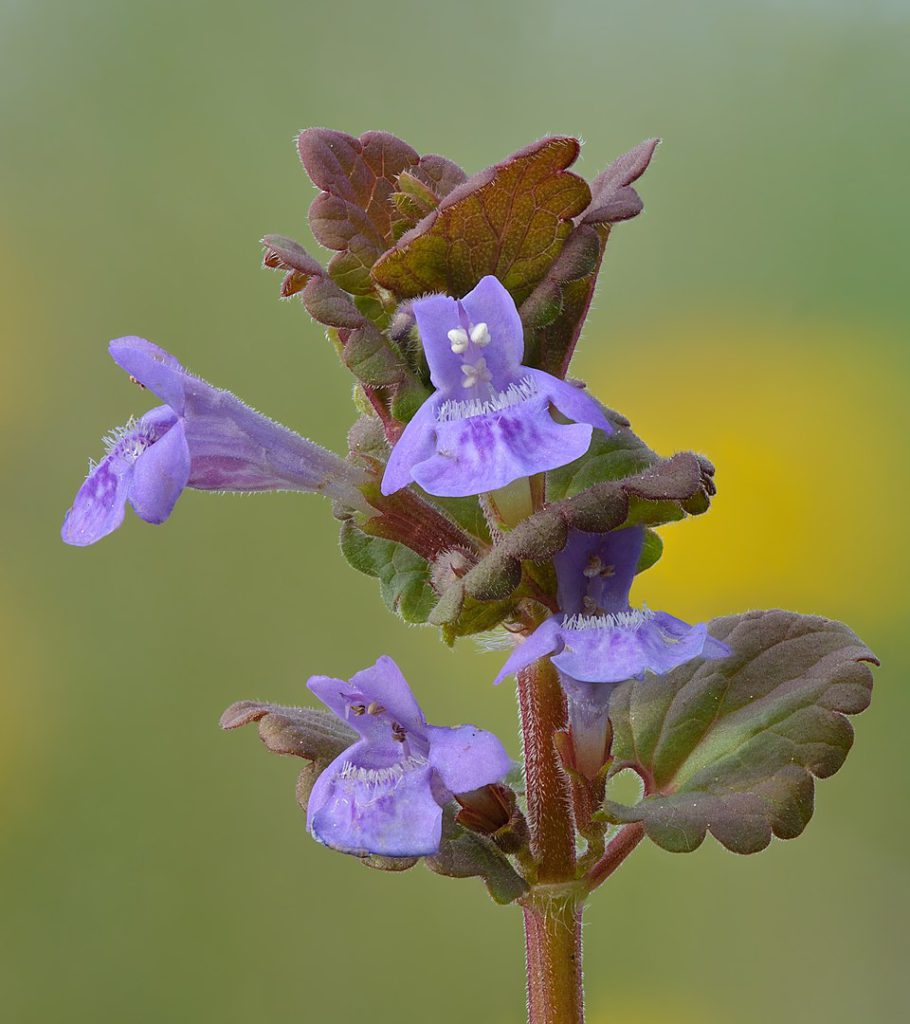
Creeping Charlie, often referred to as ground ivy, poses a significant challenge in lawn management due to its tenacious growth habits and adaptability. This perennial broadleaf weed, distinguished by scalloped leaves and small purple flowers, thrives in shady areas, forming dense mats that outcompete grass for nutrients and sunlight. It spreads aggressively via seeds and creeping stems, making eradication difficult. To manage creeping Charlie effectively, enhance sun exposure, mow regularly to prevent flowering, and apply broadleaf herbicides during its active growth phase. Persistence is key, as multiple treatments may be needed to completely remove creeping Charlie from your lawn.
Chickweed (Stellaria media)
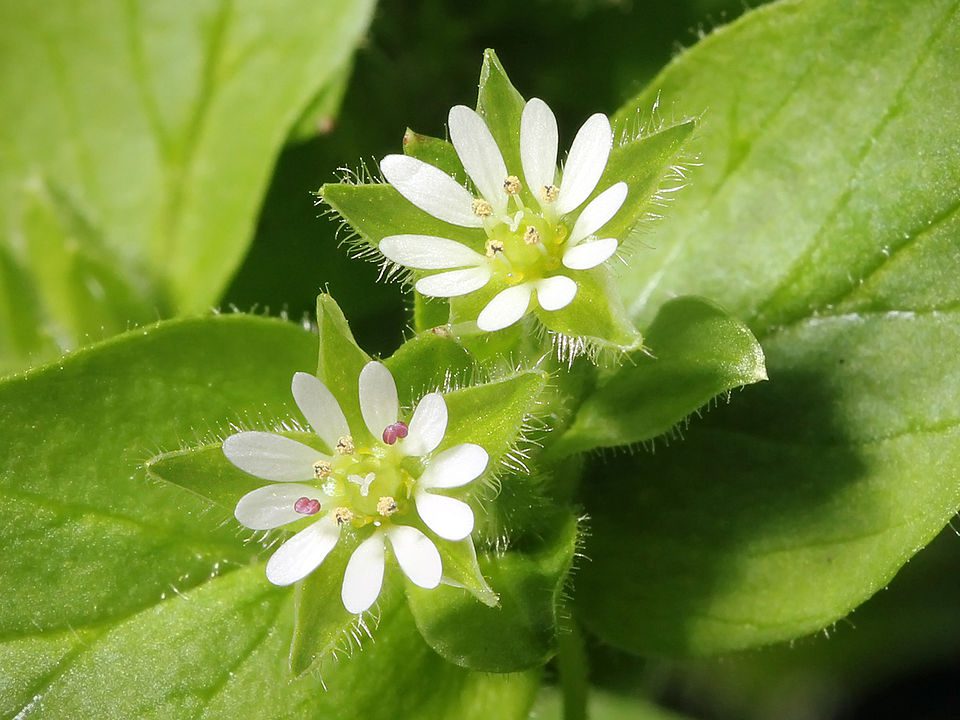
Chickweed, scientifically known as Stellaria media, is a prevalent and persistent annual broadleaf weed that demands careful management in lawn care. It thrives in cool, moist conditions, forming dense mats with small, white star-shaped flowers and oval leaves. To effectively manage chickweed, consider these strategies:
- Hand-pulling: Remove chickweed before it seeds to prevent further spread.
- Pre-emergent herbicides: Apply in early spring to stop germination.
- Post-emergent herbicides: Use for larger infestations.
- Regular mowing: Prevent flowering and seed setting to reduce spread.
These measures will help maintain your lawn’s health and aesthetics.
Nutsedge (Cyperus spp.)
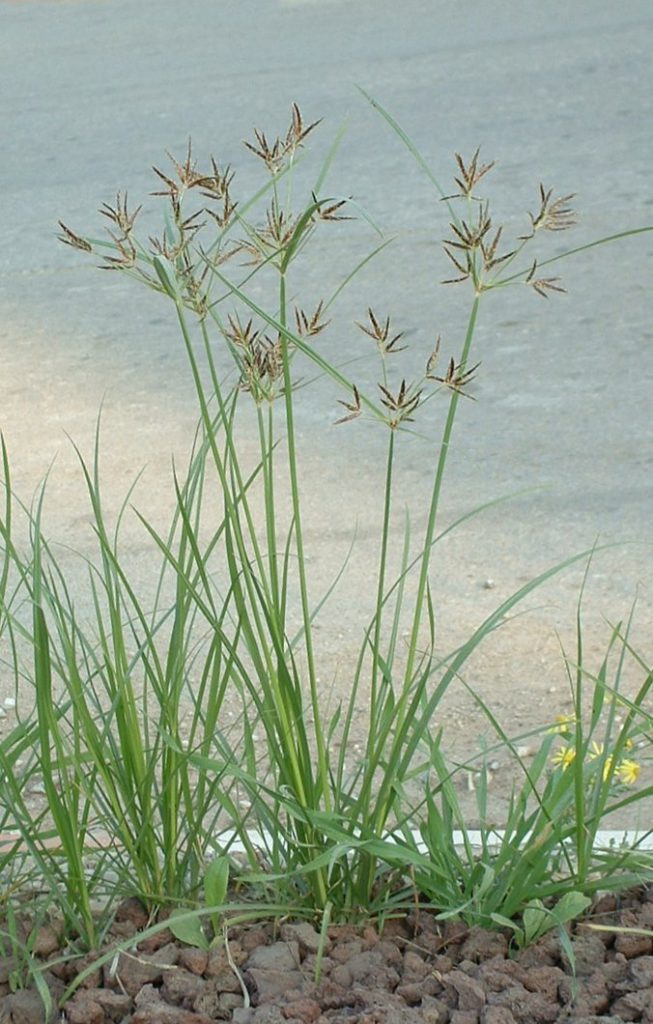
Nutsedge, a notorious weed among lawn enthusiasts, demands your attention with its unique triangular stems and shiny yellow-green leaves. This perennial grassy weed thrives in wet, poorly drained soils, forming dense clumps that outcompete desirable grasses. It reproduces through underground tubers, complicating weed control efforts, as hand-pulling won’t suffice. To effectively manage nutsedge, improve your lawn’s drainage and maintain consistent mowing. Incorporate herbicides specifically designed for nutsedge, ensuring precise application for optimal outcomes. Left unchecked, nutsedge grows rapidly and dominates turf areas, greatly hindering lawn health. Prioritize thorough management to preserve your lawn’s vitality and aesthetic appeal.
Easily hire the best lawn & landscape pros working in your neighborhood.
Quackgrass (Elymus repens)
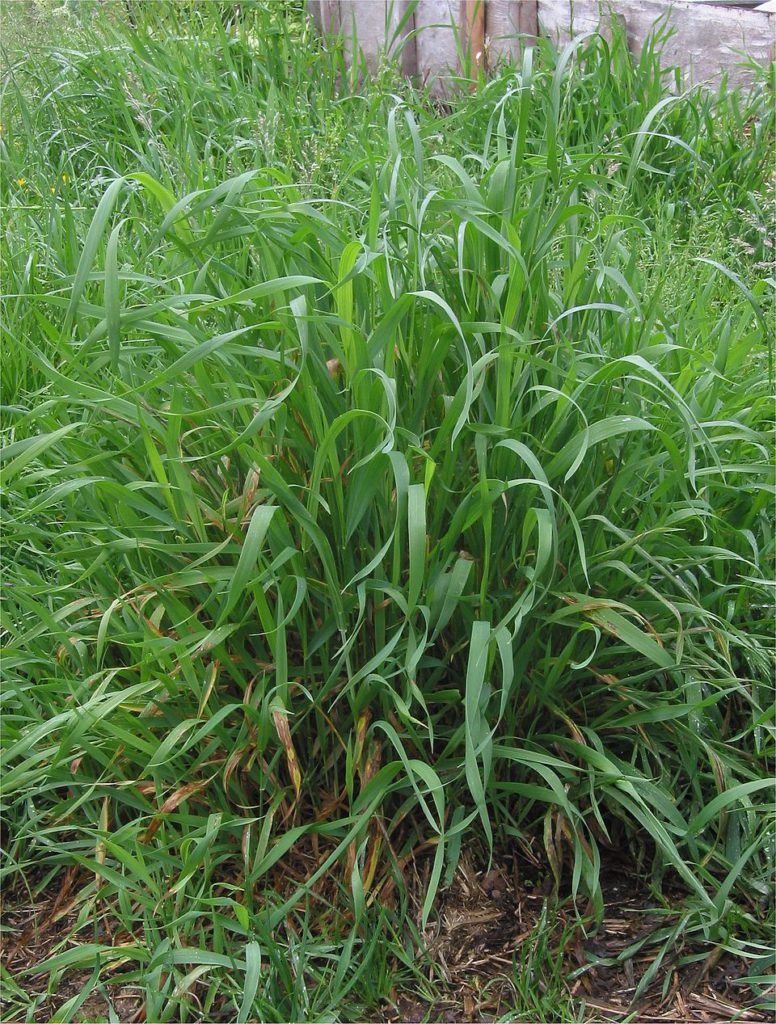
Quackgrass, known scientifically as Elymus repens, is a formidable adversary in the domain of lawn maintenance due to its aggressive growth habits and extensive rhizome root system. This perennial grassy weed can quickly dominate your lawn, reaching heights of 2 to 3 feet and producing seed heads abundant in seeds. To manage quackgrass effectively, consider these strategies:
- Regular Mowing: Prevents seed formation and curbs growth.
- Hand-Pulling: Remove plants, ensuring you extract the entire root system.
- Soil Improvement: Enhance lawn health to outcompete quackgrass.
- Consistent Management: Persistent efforts are essential due to its regrowth from root fragments.
Understanding quackgrass’s biology aids in its control.
Wild Violet (Viola papilionacea)
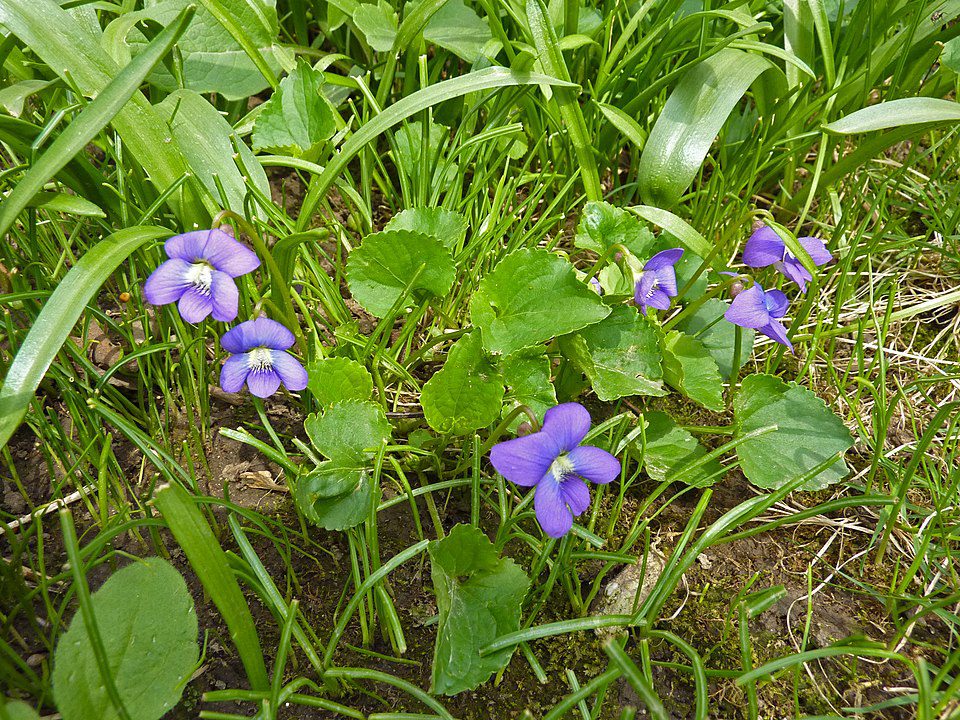
Wild violet (Viola papilionacea), although charming with its heart-shaped leaves and vibrant purple flowers, can become a troublesome weed in your lawn. As perennial weeds, wild violets grow 6 to 12 inches tall, forming dense mats that compete with grass for nutrients and sunlight. They thrive in moist, shaded areas, making poorly maintained lawns their ideal habitat. Effective management includes hand-pulling to remove roots and applying mulch to inhibit growth. Herbicides can also control these weeds when applied in early spring or late fall.
| Control Method | Description |
|---|---|
| Hand-pulling | Remove entire root system to prevent regrowth |
| Herbicidal Treatment | Apply in early spring or late fall |
Common Ragweed (Ambrosia artemisiifolia)
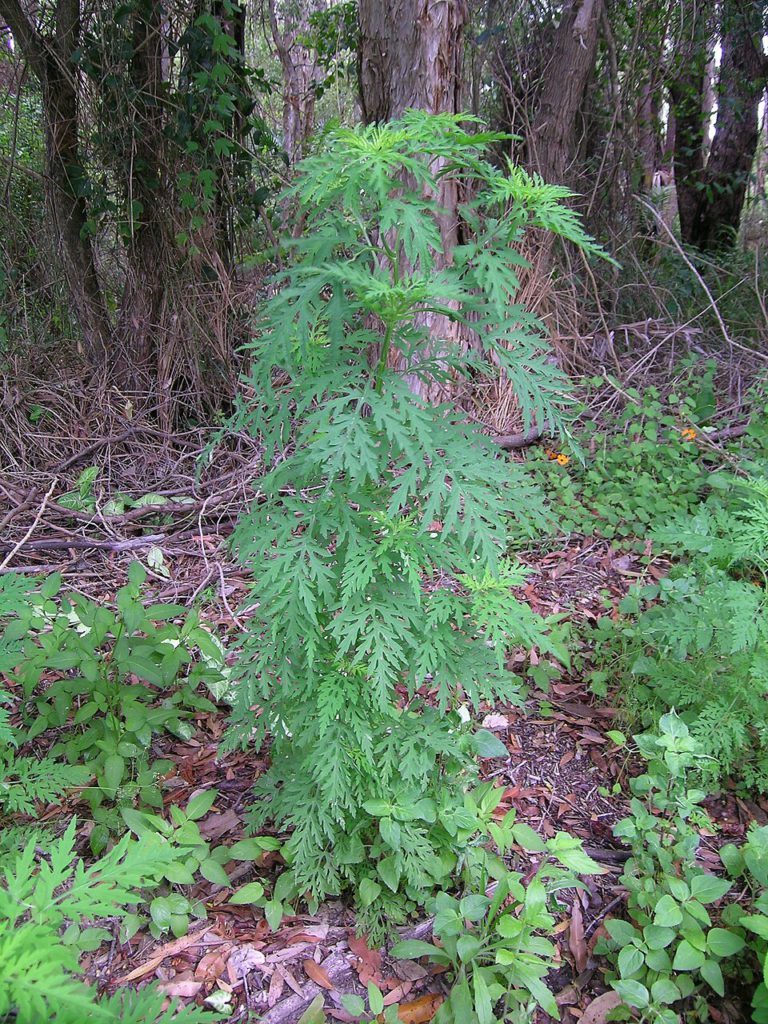
Although you might find common ragweed (Ambrosia artemisiifolia) innocuous at first glance, this annual weed is both a persistent adversary and a significant contributor to seasonal allergies. As a common lawn weed, it thrives in disturbed, nutrient-poor soils, reaching up to 4 feet tall with deeply lobed leaves. Here’s how you can manage it effectively:
- Mow regularly: Prevents seed development and spread.
- Maintain lawn health: A robust lawn can outcompete ragweed.
- Hand-pull young plants: Removes them before they set seed.
- Intervene early: Stops rapid spread and landscape domination.
These strategies guarantee your lawn remains healthy and ragweed-free.
How to Keep Lawn Weeds From Returning
To effectively keep lawn weeds from returning, focus on cultural prevention methods such as maintaining ideal soil health and ensuring proper lawn mowing practices. Regularly test your soil pH and introduce organic matter to enhance grass vigor, allowing it to outcompete weeds. Use pre-emergent herbicides in early spring to block weed seed germination and switch to post-emergent treatments when existing weeds need targeted control without harming your lawn.
Cultural Prevention Methods
When working to keep lawn weeds from returning, implementing cultural prevention methods is crucial for maintaining a healthy, weed-free environment. By focusing on these strategies, you can effectively prevent weed proliferation and promote a healthy lawn.
- Mow Regularly and Properly: Keep grass at its ideal height to encourage dense growth, reducing space for weeds.
- Water Wisely: Guarantee deep root growth by watering adequately without overwatering, which prevents weed-friendly conditions.
- Enhance Soil Fertility: Incorporate organic matter to improve soil structure, favoring grass over weeds.
- Monitor and Remove: Regularly inspect for emerging weeds and remove promptly to stop establishment and seed production.
When to Use Pre- or Post-Emergent Herbicides
Applying herbicides with precision requires understanding the distinct roles of pre- and post-emergent types in weed control. A pre-emergent herbicide in early spring, when soil temperatures consistently reach 55°F, stops weed seeds like crabgrass from germinating. Timing’s essential; too late, and weeds gain ground. In contrast, post-emergent herbicides target actively growing weeds. Use them in late spring or early summer when broadleaf weeds like dandelions are lush. Consistent monitoring and precise application prevent weed re-infestation. Combine these strategies with cultural practices, such as proper mowing and fertilization, to bolster your lawn’s defense against persistent weed adversaries.
Need Help with Lawn Weed Control? LawnGuru’s Got Your Back
Although maintaining an immaculate lawn can seem intimidating, LawnGuru offers expert solutions to tackle even the most stubborn weeds with precision and efficiency. Understanding the types of weeds in your lawn is essential, as effective control varies. Here’s how LawnGuru can help:
- Identification: Accurately identify weed species, differentiating between broadleaf and grassy weeds.
- Herbicide Application: Determine the appropriate herbicide, pre-emergent or post-emergent, based on weed type and growth stage.
- Tailored Strategies: Implement targeted control measures, such as hand-pulling or mulching, for specific weed categories.
- Maintenance Advice: Provide expert guidance on mowing height and soil moisture levels to prevent weed recurrence.

